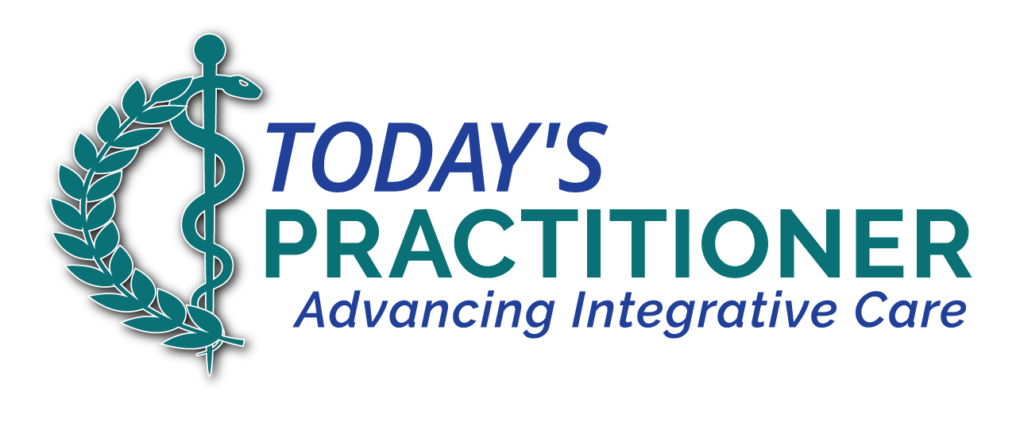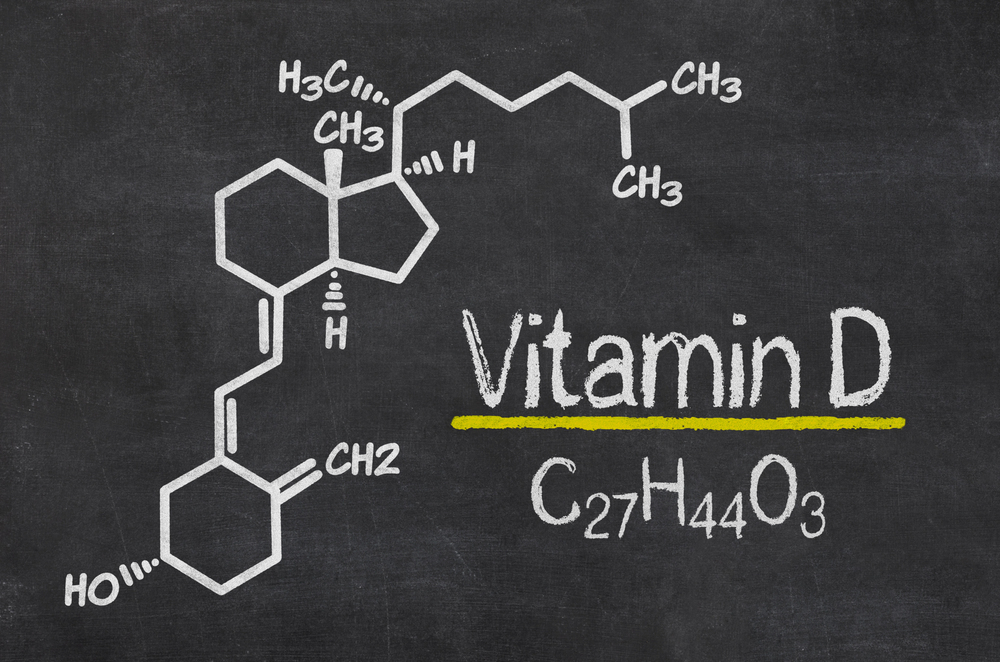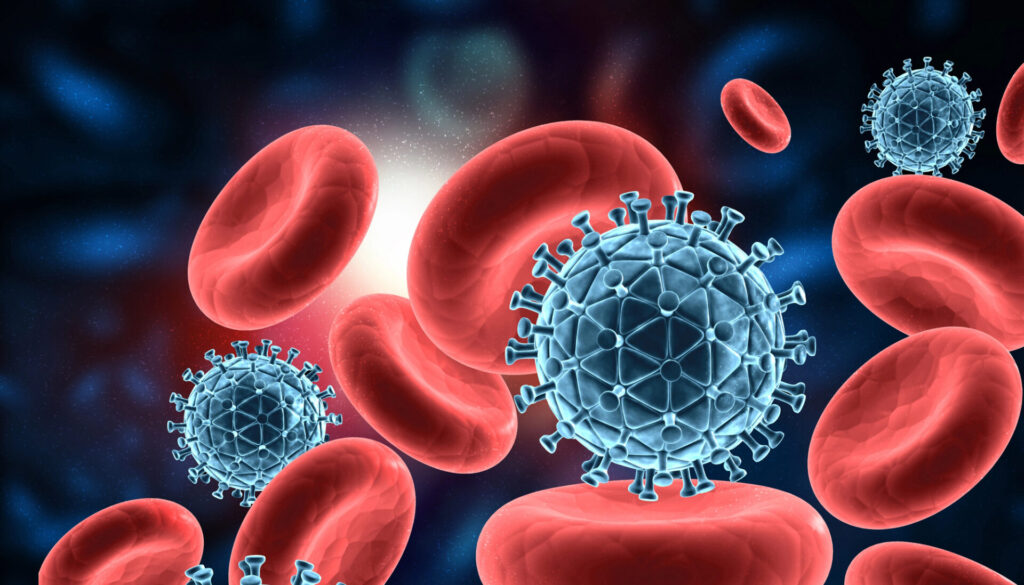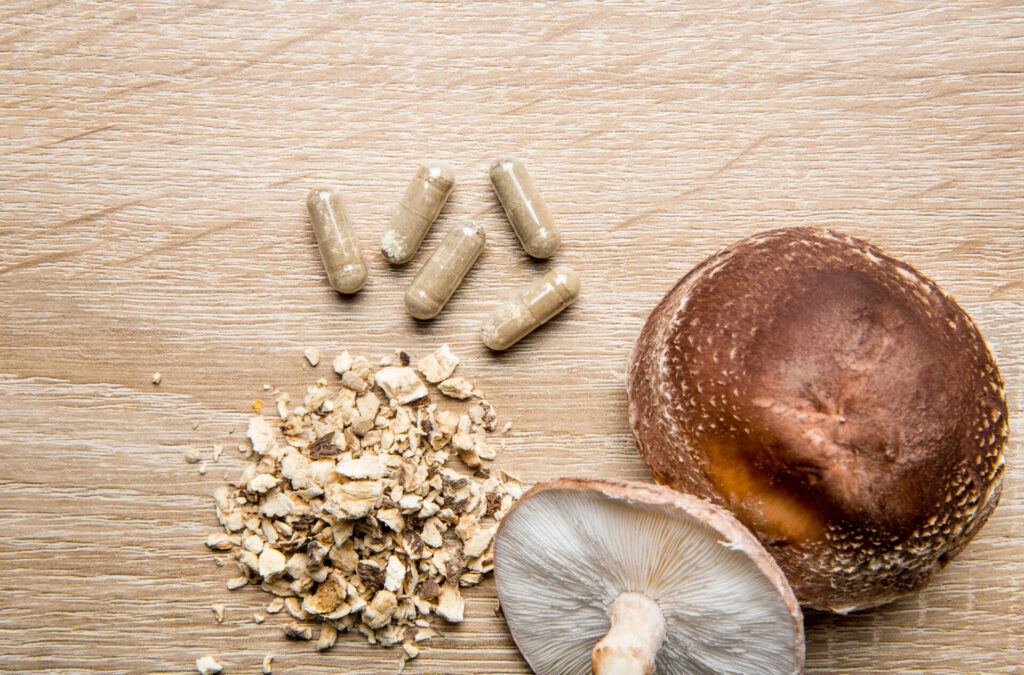It happens more often than I would expect in clinical practice: a patient is faithfully taking their vitamin D, yet still not achieving the individual vitamin D levels set for their health goals. In reality, vitamin D sufficiency isn’t always so easy to reach. The reason why our patients often fall short of optimal vitamin D levels is that they are confronted with a variety of factors that interfere with vitamin D absorption.
This article will address those factors that stop our patients from meeting targeted vitamin D goals and provide an easy solution to enhance the absorption of a nutrient critical to cardiovascular, neurocognitive, cellular, bone, and immune health.1-3
Symptoms of Low Vitamin D
Vitamin D insufficiency and deficiency aren’t always obvious, at least not at first. Here are some symptoms I see in clinical practice and in the research that correlate with low vitamin D levels. 4-6
- Bone pain
- Changes in mood, such as depression and irritability
- Fatigue
- Frequent fractures
- Getting sick often (a sign of a weakened immune system)
- Muscle weakness, cramps, or aches
- Sleep problems
Underrecognized Causes of Vitamin D Insufficiency and Deficiency
Digestive and Gastrointestinal Causes
These affect how vitamin D (a fat-soluble vitamin) is released from food and absorbed in the intestines: 7
- Celiac disease – damage to intestinal villi reduces nutrient uptake.
- Crohn’s disease – inflammation can affect absorption in the small intestine.
- Ulcerative colitis – can reduce fat absorption during flares.
- Short bowel syndrome – less surface area for absorption after surgery.
- Pancreatic insufficiency (e.g., cystic fibrosis, chronic pancreatitis) – poor fat digestion means vitamin D can’t be freed from food.
- Bile duct obstruction or cholestatic liver disease – bile salts are essential for emulsifying fat; without them, vitamin D uptake is reduced.
Dietary and Lifestyle Factors7
- Low dietary fat intake – vitamin D needs fat for absorption.
- Strict vegan diet without supplementation – vitamin D2 from plants is less efficiently converted to active D.
- Low sun exposure – no synthesis in skin.
- Dark skin pigmentation – melanin reduces UVB-driven vitamin D synthesis.
Increased Needs or Losses7
- Obesity – vitamin D is sequestered in fat tissue, making it less available in circulation.
- Pregnancy or lactation – increased demand.
- Aging – skin is less efficient at synthesizing vitamin D.
Medications and Supplements That Cause Low Vitamin D
Several medications can block the absorption of vitamin D or lower levels via other mechanisms. Some dietary supplements can have the same effect. This table lists the primary offenders:7-9
| Medication Category | Drug Examples |
| Anti-seizure medications | Phenytoin, phenobarbital, carbamazepine, valproic acid |
| Blood pressure medicines | Nifedipine and spironolactone |
| Cancer treatments | Taxol |
| Estrogen-blocking drugs for breast cancer | Tamoxifen and fulvestrant |
| Medicines for infections | Isoniazid for tuberculosis, ritonavir for HIV, and clotrimazole for fungal infections |
| Steroids | Prednisone, dexamethasone, and methylprednisolone |
| Supplements | St. John’s wort and kava kava |
| Cholesterol-lowering drugs | Cholestyramine and colestipol |
| Laxatives | |
| Weight loss drugs | Orlistat |
An Easy Way To Improve Vitamin D Absorption
VESIsorb® technology, is an ideal way to ensure that patients are absorbing an optimal amount of vitamin D3, even in the face of a host of factors that interfere with vitamin D absorption. VESIsorb® delivery system offers enhanced absorption by promoting the ability for vitamin D to dissolve readily in an aqueous environment. VESIsorb® eliminates the need for taking vitamin D3 with a fatty meal. VESIsorb® provides a self-assembling colloidal system that forms evenly dispersed fluid droplets upon contact with water in the GI tract. These droplets have a mean diameter of less than 100 nanometers, allowing the bioactive to cross the water layer of the GI tract for absorption.10
References:
- Dawson-Hughes B, Harris SS, Krall EA, Dallal GE. Effect of calcium and vitamin D supplementation on bone density in men and women 65 years of age or older. N Engl J Med. 1997;337(10):670-676.
- Garland CF, Garland FC, Gorham ED, et al. The role of vitamin D in cancer prevention. Am J Public Health. 2006;96(2):252-261.
- Giovannucci E, Liu Y, Hollis BW, Rimm EB. 25-hydroxyvitamin D and risk of myocardial infarction in men: a prospective study. Arch Intern Med. 2008;168(11):1174-1180.
- Abukhalil AD, Falana H, Hamayel R, et al. Vitamin D Deficiency Association with Comorbid Diseases in Palestine: “A Cross-Sectional Observation Study”. Int J Gen Med. 2022;15:8033-8042.
- Al Zarooni AAR, Nagelkerke N, Al Marzouqi FI, Al Darmaki SH. Risk factors for vitamin D deficiency in Abu Dhabi Emirati population. PLoS One. 2022;17(2):e0264064.
- Sabião TDS, Menezes-Júnior LAA, Batista AP, et al. Exploring the interaction between vitamin D pathway gene polymorphisms, vitamin D status, and depression: A population-based study. Nutrition. 2025;137:112802.
- Vitamin D Deficiency. Cleveland Clinic. https://my.clevelandclinic.org/health/diseases/15050-vitamin-d-vitamin-d-deficiency. Published 2022. Accessed August 13, 2025.
- Gröber U, Kisters K. Influence of drugs on vitamin D and calcium metabolism. Dermatoendocrinol. 2012;4(2):158-166.
- Jung JW. Drug-Induced Vitamin Deficiency. Ann Clin Nutr Metab. 2022;14(1).
- Knaub K, Sartorius T, Dharsono T, Wacker R, Wilhelm M, Schön C. A Novel Self-Emulsifying Drug Delivery System (SEDDS) Based on VESIsorb(®) Formulation Technology Improving the Oral Bioavailability of Cannabidiol in Healthy Subjects. Molecules. 2019;24(16).







